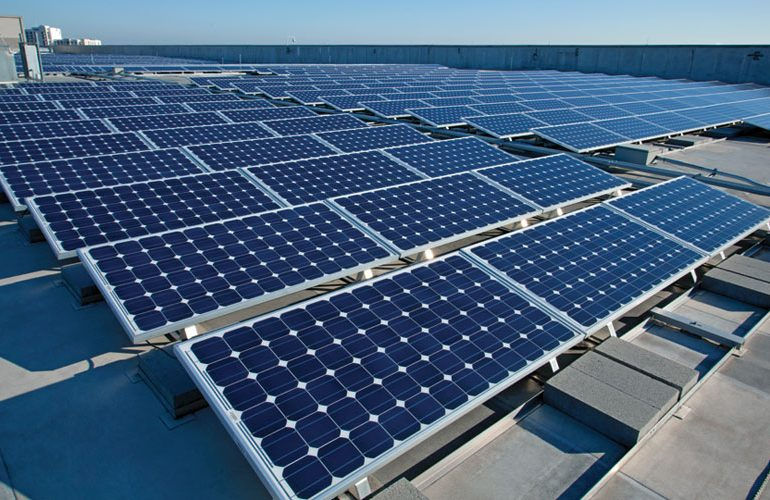Trending Solar Solutions
- Reon Energy
- Jul 26, 2022
- 2 min read
A rooftop solar cell is the first image that comes to mind when you hear the term "solar panel." There's a reason for this. Until today, these traditional rooftop panels have dominated the solar industry. However, solar PV power systems have a brighter future this year, thanks to some impressive solar panel technologies.
Due to very clear cost-cutting roadmaps in place, solar costs are expected to halve by 2030. In addition, large modules are already producing 1.5 times as much power as existing, similar-sized modules, thanks to an upcoming process known as tandem silicon cells. These solar solutions will be of great benefit to future generations. Some of the latest trends in solar energy are listed below:
· Solar Fabric
Unlike fixed solar panels, solar fabrics enable you to produce solar energy on the move through your clothing, rather than at one fixed location. Solar filaments are being embedded into garments such as winter coats, t-shirts, and others, with the vision of embedding solar energy systems within each fiber. Warmth can be achieved through solar fabrics throughout the winter and the ability to charge a smartphone.\
· Blockchain Solar Solutions
Blockchain technology is mostly associated with the financial sector but is also used in other sectors. Since they eliminate the middleman, these are highly beneficial for solar energy consumers. Aside from making renewable energy more affordable, it helps industries optimize energy consumption.
The blockchain infrastructure enables energy providers to sell energy directly without the need for any intermediaries. Furthermore, it makes energy use more flexible and cost-effective for consumers.
· Building-Integrated Solar Technology
Electricity, panel mounting, and building materials can be saved by using BIPV solar panel systems. In addition, by reducing the building's energy consumption and increasing aesthetic value, BIPV panels are an energy-efficient alternative to traditional PV panels.
In conjunction with building interiors, curtain walls, roofs, terrace floors, facades, canopies, or skylights, building-integrated photovoltaic (BIPV) solar technologies blend seamlessly into the building infrastructure.
Final Words
Inflation, global warming, and climatic chaos drive the demand for renewable energy. The use of solar energy is an alternative solution to combat the high cost of grid power, frequent power outages, and climate change. Unfortunately, many myths and misconceptions about solar energy make it difficult for people to choose this renewable energy source.
Scientists at NASA are researching ways to convert sunlight into microwave energy using space-based satellites. In turn, Earth would receive the converted energy. Compared to traditional solar panels, satellites absorb about 90% more sunlight and can be placed in a favorable position to capture light 24/7.




Comments